Have you ever been in a pinch for yeast? With the increased demand these days for baking supplies, the grocery stores sometimes run out. Find out what ingredients in your kitchen make awesome substitutes for yeast!
Yeast is a required ingredient in a lot of recipes. When baking delicious bread and making tasty pizza dough, one always wants to have yeast on hand. And when baking yummy cakes, many recipes require yeast.
There are a few substitutes, though that can do the trick and allow you to make your favorite recipe despite the lack of yeast.
In this post, I’ll give you info on yeast subs and tell you which ones will work best.
Because baking and making bread is a whole lotta fun!
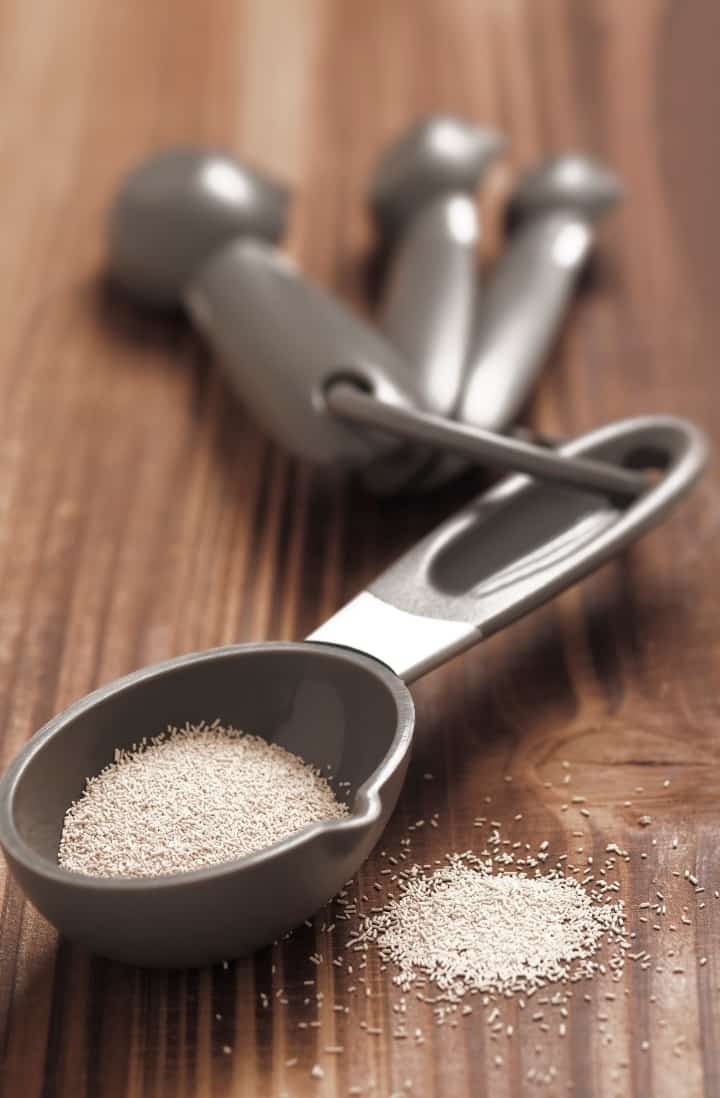
WHAT IS YEAST?
Scientifically known as Saccharomyces cerevisiae, yeast is used both in the food and beverage industries.
We typically see yeast sold on the grocery store shelves as instant yeast or active dry yeast. Dry yeast is a living breathing organism and a single-celled fungus that begins to react when added to water. Yeast eats the sugar found in the ingredients (such as in the flour) and produces carbon dioxide bubbles.
When these trapped bubbles expand, the dough rises. This process is also known as fermentation (for healthy fermented foods, read my post here).
Yeast also aids in the rising process and develops the gluten in the dough.
This is a pretty simple explanation and we all know that yeast is a requirement for leavening to happen. But there are great substitutes for yeast when in a pinch. Check them out below!
WHY REPLACE YEAST?
The purpose for replacing yeast is to ensure that your bread, rolls, or baking still rises, becoming fluffy or leavened. If you do not use some sort of substitute, your finished product will flop—literally.
If you have no yeast on hand and the grocery store has empty shelves, replace the yeast with a suitable substitute.
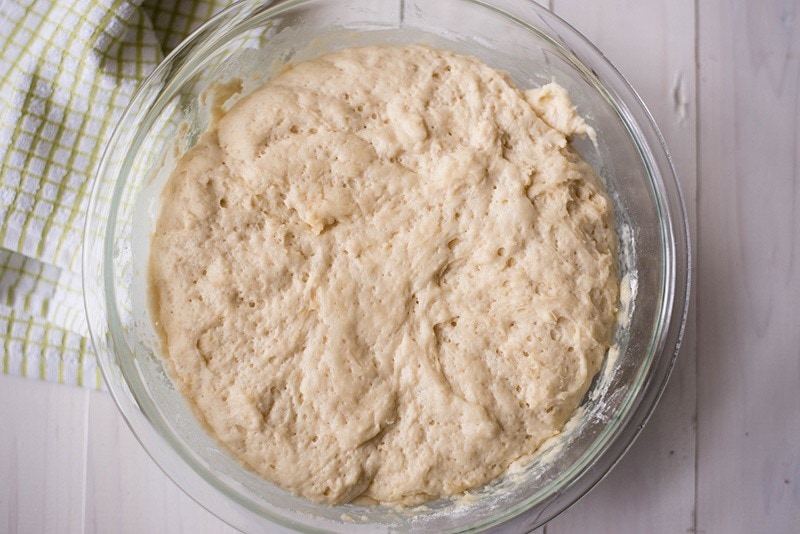
THE DIFFERENCE BETWEEN WET AND DRY YEAST
- Wet Yeast: Also known as cake yeast, is sold in a block or “cake form”. Crumble wet yeast over the dry ingredients or mix it in with the wet ingredients.
- Dry Yeast: Granulated and sold in a bottle or packet. Dry yeast is in a dormant state and can be stored on the shelf. Dry yeast is most commonly used in the kitchen, with types being active dry yeast and instant yeast.
These two types of dry yeast can be used interchangeably. Dry yeast can be frozen. Let it reach room temperature before using it in a recipe.
For more detail on yeast, read my post on the differences between types of yeast.
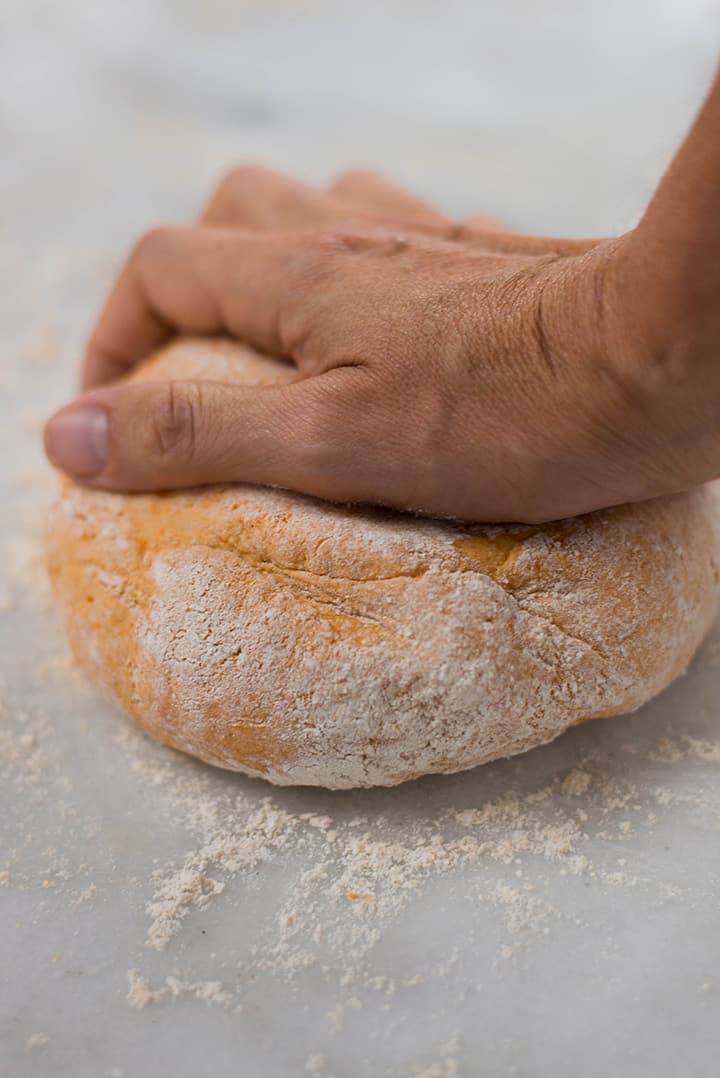
TOP SUBSTITUTES FOR YEAST
Remember, because active dry yeast is a live organism, there are no perfect substitutes for yeast. But the alternatives listed below will do just fine in a pinch! Keep in mind that your rolls, bread, or cake may have a different height or texture. It’s also important to note that getting your recipe into the oven as soon as the ingredients are mixed will help the carbon dioxide work to the max.
1. BAKING POWDER
Baking powder has both cream of tartar and baking soda. The chemical reaction that results when using baking powder (carbon dioxide) helps the dough to rise. Baking powder is great when used in biscuits, pancakes, and cornbread. My recipe for cornbread uses baking powder.
Ratio: Substitute for yeast in equal ratio amounts.
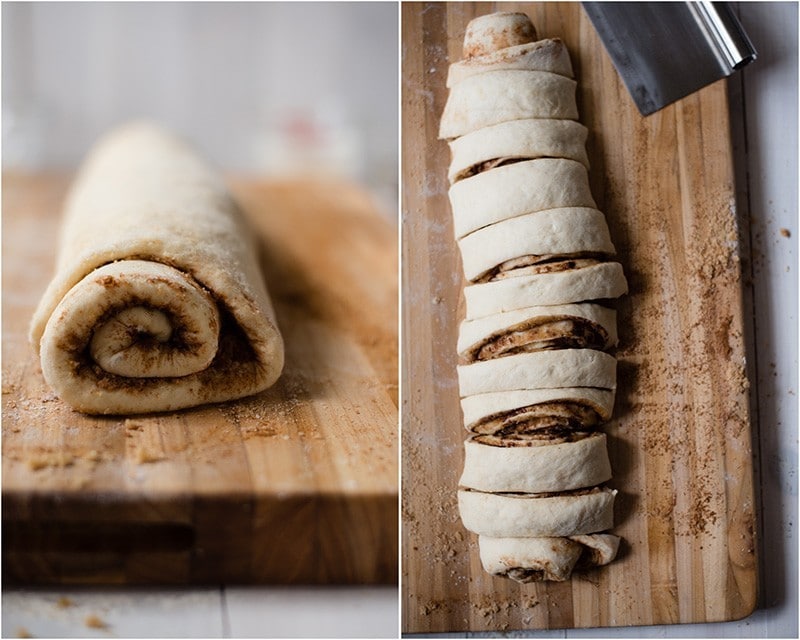
2. BAKING SODA, MILK, AND VINEGAR
In this case, the vinegar and milk react with the baking soda to help the baked good rise. Cupcakes and light batter breads will have a slightly different texture but it works!
Ratio: Replace the yeast in equal amounts but divide it evenly between the baking soda, milk, and vinegar. To explain, use 1 teaspoon of baking soda, ½ teaspoon of vinegar, and ½ teaspoon of milk. This replaces 2 teaspoons of yeast.
3. BAKING SODA AND LEMON JUICE
With this combo, you are using baking soda and lemon juice, which is essentially a base and an acid (as opposed to the cream of tartar in baking powder).
Other acids, like the vinegar mentioned above, are cream of tartar and buttermilk. While these are all good substitutes, the leavening effects are not quite the same. There is no rise time required, though.
Ratio: As with the vinegar, replace 2 teaspoons of yeast with 1 teaspoon of baking soda and 1 teaspoon of the acid, which is lemon in this case.
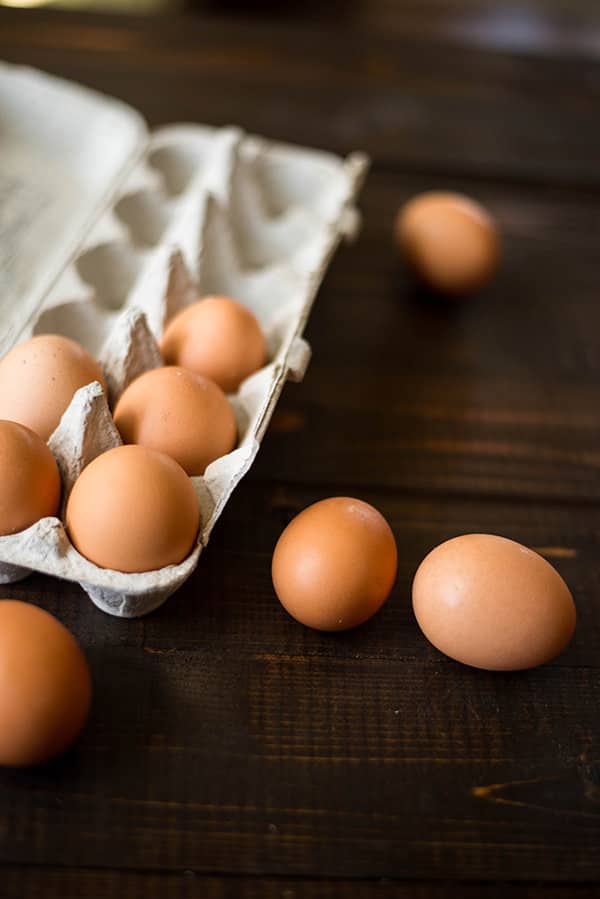
4. BEATEN EGG WHITES
When you beat egg whites, you fill them with air, which helps the leavening process. You can even add club soda to help the egg whites along. Pancakes, muffins, and cakes are items that work well with this method.
Ratio: I use 2 beaten egg whites to 1 teaspoon of yeast.
If the recipe already has eggs, separate the yolk from the whites. Add the yolks to the liquids. Beat the whites with some of the sugar in the recipe. Once fluffy, fold them into the rest of the ingredients, keeping air in the batter.
If there are no eggs in the recipe, use just the whites and reserve the yolks for another use. In that case, whip the egg whites for about 5 minutes. (These healthy muffins are made using egg whites.)
5. SOURDOUGH STARTER
Sourdough starter is made from water and flour. It is used to make sourdough bread, a delicious bread that we all enjoy. Sourdough starter works similar to instant yeast by forming carbon dioxide to leaven the dough.
Ratio: For one 2-teaspoon package of yeast, use 1 cup of sourdough starter.
Making sourdough starter takes about 5 days. When you use sourdough starter you will need double the rise time. You may need to adjust the liquid and flour in your recipe based on the thickness of your starter. Discard any starter that looks fuzzy or moldy.
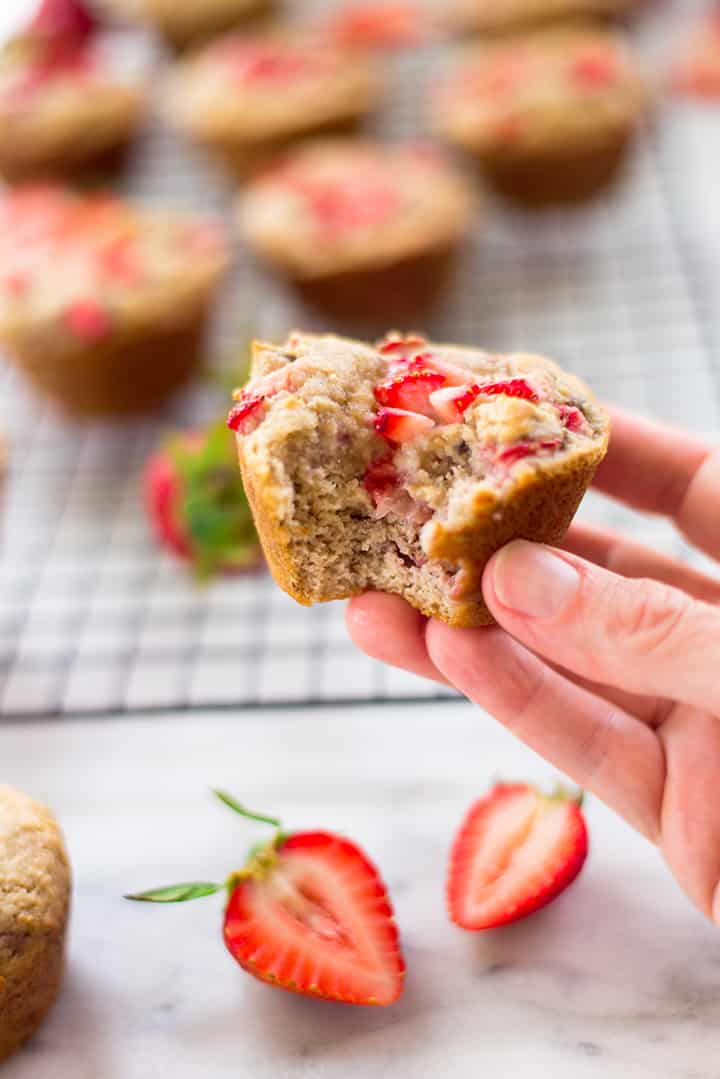
WHEN CAN YOU SUBSTITUTE YEAST?
While many recipes can be a success with a yeast substitute, not all recipes do well when this takes place. Baking these items is possible with a yeast substitute:
- Pizza dough
- Muffins
- Batter breads
- Cupcakes
- Pancakes
- Cakes
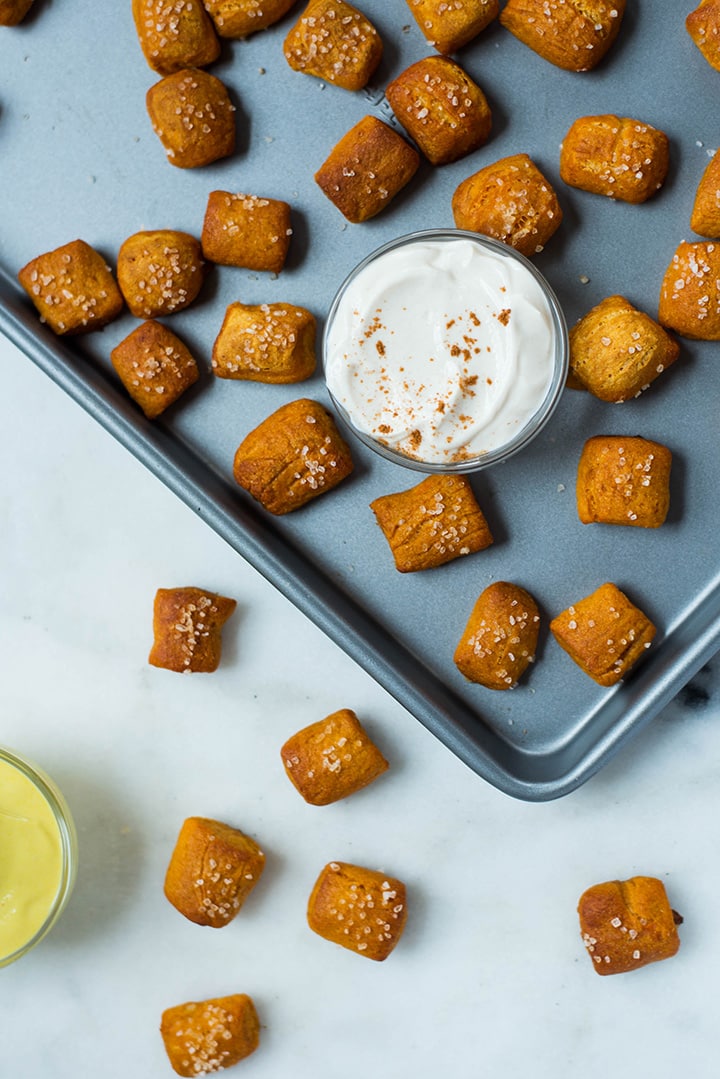
WHEN NOT TO SUBSTITUTE YEAST
When making a kneaded bread recipe, a yeast substitution will not always do the trick. The sub doesn’t have the same amount of action as yeast does to leaven the bread.
To note, some dietary requirements call for yeast instead of ingredients like eggs. Vegan brownies, for example, may be made using instant yeast as opposed to eggs.
When it comes to cookies, yeast is not often used. If you want a cake-like cookie, though, use yeast.
Some of my favorite recipes that use yeast are
- Healthy cinnamon rolls
- Sweet potato rolls
- Honey whole wheat pizza dough
- Homemade sweet potato soft pretzel bites
This post contains affiliate links for products I use regularly and highly recommend.

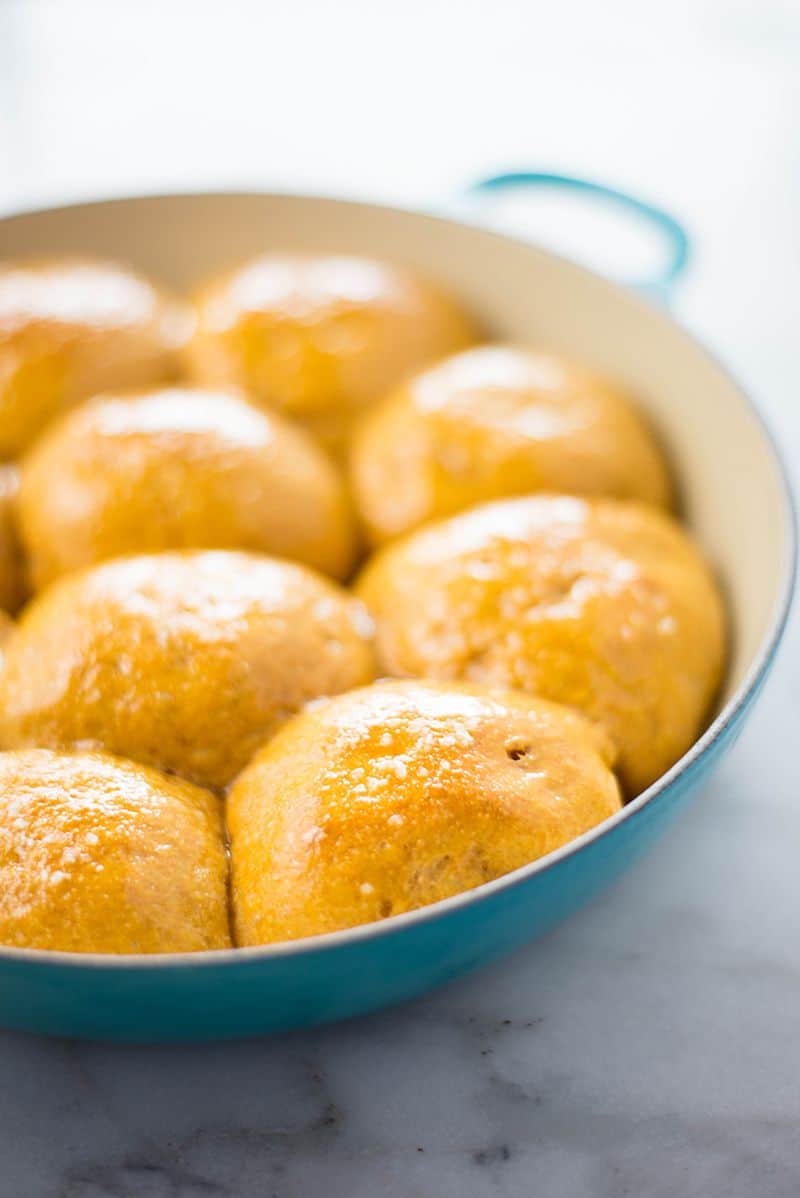
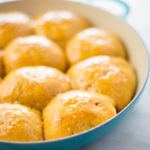
Mrs
Its v helpful,as my family loves bakery items which i usually made by myself.But nw we have to use purine free diet and i can't use yeast.
Thank u so much and if u have some recipies of purine free diet plz share with me.i need them thnx again.